The Old Days
Years ago, salespeople created an atmosphere of excitement by delivering a performance. In the 1800s, “snake oil salesmen” gathered a crowd, and entertained them with stories of wondrous and amazing cures for all that ailed the audience. While their products could be questioned, they were nonetheless successful through the sheer power and overwhelming energy of their passion for their wares.
The turn of the century brought new opportunities as America entered a new age of business. Much of the empire-building was done behind closed doors, but everyday transactions were conducted with the flare of the immigrant salesman, employing his emotions, his use of whatever native craftsmanship he brought from the old country. I think it is true to say that little of value was purchased without the transaction being earned by the salesman.
Going Door to Door
After the Great Depression, as the country struggled to regain its footing, people bought what they needed from their local vendors. Trust and loyalty ruled the day. It wasn’t enough to just display your products, you had to tell your own story of determination and will to survive. Your customers had to want to help you succeed. The wars suspended trade beyond what was necessary, and people only purchased what they needed and no more. However, after World War II, a new age of prosperity engulfed the country, and free enterprise was given a new life. Soldiers returning from the war went back to school and learned how to put their dreams and ideas into reality.
They put on their suits, their felt Fedoras and they “sold”, in the grandest example of that word. Their presentations were true performances again, but this time they represented real, beneficial products. There was no media to help them. No fancy graphics, no desktop-published handouts. These guys sold based on their ability to convince the decision-makers that their product was the best option. They stood in front of the room, and they made their case. Or, they went door to door, asking homeowners to give them a chance to present their story. They looked the prospects in the eye, they verified the need, they provided the solution, and they asked for the order. It was magical, and it was honorable.
Advertising
The 60’s and 70’s brought the advent of mass media. TV became a household norm, and with it, advertising became a fact of the business world. Now salespeople could rely on the image and reputation of their product which was broadcast to millions of people. Newspapers carried pages full of advertising, magazines carried color pictures, and the tried-but-true medium of radio blasted the benefits of products unseen. For the first time, the sales rep had an ally, a method to provide what would be called “air-cover”.
They no longer had to be totally reliant on their own ability to create the need and the solution. They now only had to provide the solution. Salespeople still created wonderful stories, complete with flip chart sketches and later, overhead slides. But something was lost. The stage no longer needed to be established by illuminating the problem. Advertising took care of that. This was the beginning of the decline of the business presentation as a performance.
The Age of Technology
Then came the age of technology. The personal computer, with its uncountable benefits to society at large, also brought about the advent of presentation software, the most common, of course, being PowerPoint. The overhead projector was pushed aside. Salespeople now had the ability to easily and rapidly create slides that displayed all the information a prospect needed to make a decision. As time and sophistication moved forward, reps relied more and more on this display of data, and less and less on their ability to build a relationship with the audience. They could display “bullet points” of the important information, so prospects could follow the narrative.
Once comfortable with this technology, salespeople fell into a comfort zone which allowed them to believe that more bullet points meant more information to make a decision with. Developments like Clipart allowed presenters to include funny graphics, cartoons, and animations. Who didn’t like cartoons? Now they could put all their information on a slide, dress it up with cute images and allow the information to appear and disappear like magic. The more animated the slides, the more “professional” the rep felt. Look at me!
Oddly, after a couple of decades of this technological presentation style, a new term arose from the business landscape. “Death by PowerPoint”. So pervasive was this reliance on the crutch of technology that every presentation began to look like every other. Prospects became bored, and while purchasing continued, it was out of sheer need rather than an eagerness to buy from an impressive salesman. The presentation became something the prospect had to do, vs. something they looked forward to.
The most telling problem, however, was that salespeople became hooked on this crutch. It was far too easy to rely on bullets of information vs. actually having to learn the details of the product. The global sales force was not willing to see that prospects were turned off by the Death by PowerPoint which had engulfed the land. They plowed on with their agendas, their introductions, their mission statements, and their declarations of commitment to customer satisfaction. They failed to see the boredom in the faces of their audience. They ignored the glazed-over eyes, the glances at watches, the doodling on note pads. The more they could put on a slide, the less they had to remember.
Returning to a Performance
The fact is people want to be entertained while being informed. Not to the point of song and dance or standup comedy, but they yearn for a good story. They want to be informed in a way that creates a human connection, which is the most basic of human needs. Even the Type-A buyers, who don’t have time for chit-chat, and want to get right to the point, even they want their information delivered in a way which makes them connect with the presenter. In a recent industry survey, over 80% of executive buyers said they would prefer a conversation to a slide deck. They need to feel they can trust the sales person, and can depend on them to stand behind their product. In another research study on personal communications, it was found that over 90% of the effectiveness of a presentation was based not on what you say, but on how you say it and how you present yourself as the deliverer of the message.
It is clear that people remember much more about the presenter and his/her image and communications skills than they do about what is said. In an age of technology, multi-media and the internet, people still buy from people. Decision-makers do not have time for salespeople. But they make time for trusted advisors. You do not become a trusted advisor without establishing that human connection.
Presenters who make that connection are easily identified. They open with something of value or interest that clearly states “you should listen to me”. They tell relevant stories that set up the desire to hear their solution. They do not rely on presentation software to tell their story. They “sell” their story, and they utilize the technology to provide supporting documentation. They connect with every person in the room, and they convey a sense of trust, that they are truly interested in helping the prospect. Business presenters who practice the craft of presentations as a performance are differentiated from their competitors. They engage their prospects, they deliver a compelling message, and they are remembered long after the line of competitors have come and gone. The late Steve Jobs was a great example. His presentations were well scripted and rehearsed…and as a result, they were incredibly compelling!
It is said that at the time of decision all solutions tend to look alike. If that is true, then there surely must be value in creating a message that stands above the noise, that is remembered and perceived to represent an organization and a person that can be trusted to deliver on what they proposed. Someone that is extraordinary, that is creative and original, and at the same time professional and dependable, will always win the day.
The great Poet Laureate Maya Angelou said, “People may remember what you said, but they will always remember how you made them feel.” The art of emotional connection has been made almost extinct in today’s business presentation. But the power of an emotional connection has never weakened over time. People are moved by emotion, and when coupled with powerful data, linked to a problem that needs solving, delivered in a way that conveys trust and attention, it creates a scenario whereby success naturally follows. Salespeople need to revive that spirit of the business presentation as a performance. Those that do will find that they are easily distanced from their competitors. They find that their message resonates with their prospects, or with their peers while selling internal ideas or projects rather than products or services.
Buyers today, whether they are deciding to purchase a product or agreeing to a plan or a proposal, are eager to hear that information presented in an informative and engaging manner. Salespeople must have the key information to provide to the decision-maker. However, that information delivered in combination with a human connection presents a much greater opportunity to be accepted.
By: John Lowe, Executive Faculty
Ty Boyd, Inc. specializes in helping organizational management, teams, and individuals to deliver their internal and external messages in as compelling a manner as possible. We conduct workshops, presentation coaching, and executive coaching to ensure that your presentations and communications will be as powerful and impactful as they can be.
If you’re serious about advancing your skills and making an investment in yourself, we invite you to our Excellence in Speaking Institute. Classes are back in person and filling up quickly so don’t delay! Visit this page to read feedback from our graduates about their experience.

